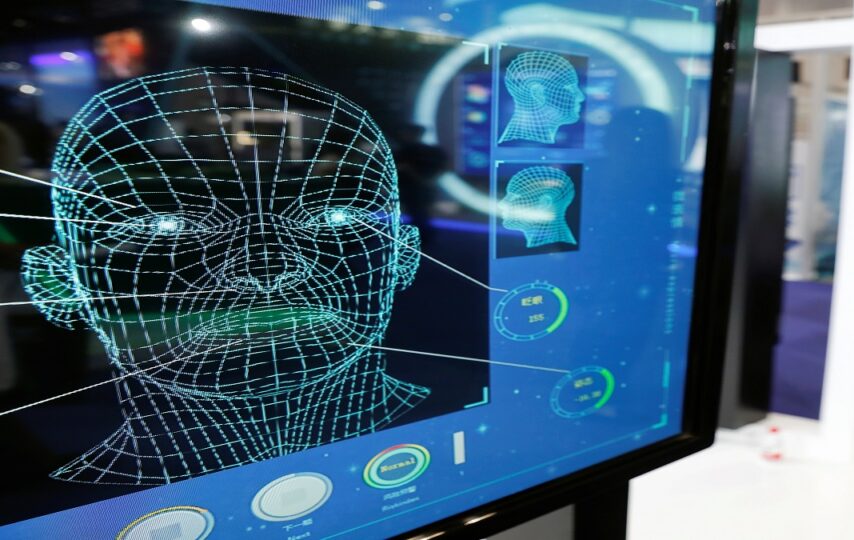AI and ML have made tremendous progress in recent years, with applications that can recognize images, understand speech, translate between languages, and more. However, as these systems have been deployed in high-stakes domains like criminal justice, healthcare, and employment, issues of algorithmic bias have come to light.
In this post, we will discuss what algorithmic bias is, how it can arise, and strategies for detecting and mitigating it throughout the Artificial Intelligence solutions.
Algorithmic Bias – A Quick Rundown
Algorithmic bias refers to unfair or unjust outcomes that arise from machine learning models due to patterns in the data or decisions made during the model development process. Bias can occur when models systematically and unfairly discriminate against certain individuals or groups of individuals based on characteristics like race, ethnicity, gender, or other attributes.
For instance, facial recognition systems have been shown to have higher error rates for women and people of color. Recidivism risk assessment tools employed in criminal justice have been found to disproportionately flag black defendants as being at higher risk.
Hiring algorithms trained on past resumes can discriminate against women if prior hiring trends were biased. In each of these cases, the algorithms reflect and can potentially amplify unfair biases in the data.
Sources of Bias
Several potential sources of bias can arise at distinct stages of the machine-learning process:
- Data Bias
The data used to train models may underrepresent or misrepresent certain groups. For example, if a model to detect skin cancer is trained only on images of light skin, it may perform poorly on dark skin tones.
- Sampling Bias
The process of collecting or sampling data can introduce bias if it is not representative of the population of interest. For example, only survey customers who voluntarily fill out an online form.
- Measurement Bias
The way attributes are measured or defined in the data can skew a model’s perceptions. For example, only measuring “leadership” through promotions at a company may disadvantage women if the company has a history of gender bias in promotions.
- Confirmation Bias
Models trained on past biased decisions may simply learn and reflect those biases without correcting them. For example, an algorithm used to set bail or parole may disproportionately flag black defendants as being at higher risk if past human decisions were already biased.
- Prejudiced Assumptions
The choices made by the data scientists, engineers, and stakeholders during the project can introduce biases if certain groups are intentionally or unintentionally disadvantaged. For example, excluding important contextual variables like socioeconomic status.
- Technical Bias
Even when the data and people are unbiased, technical limitations or design choices like which algorithms or hyperparameters are chosen could still result in unfair outcomes for certain groups.
Detecting Bias
The first step in mitigating bias is being able to detect where and how it exists within a machine-learning system. Here are standard or common techniques:
- Data Auditing
Carefully examining the data collection process, variables captured, demographics of samples, and assumptions made. Look for underrepresentation, missing information, or other quality issues.
- Outcome Testing
Comparing the outcomes or predictions of a model for different demographic groups large disparities could indicate unfair treatment. Metrics like statistical parity, equal opportunity, and disparate mistreatment help quantify differences.
- Model Introspection
Techniques like SHAP values, LIME, and influence functions can provide insight into how a model makes predictions and where biases may lie. For example, if a protected attribute like gender strongly influences predictions.
- Counterfactual Testing
Generating synthetic counterfactual examples to see if outcomes would be different for people of different attributes but otherwise similar. For example, changing names to appear more stereotypically white or male.
- Causal Analysis
Using techniques from causal inference to determine if a protected attribute like race is a direct or indirect cause of outcomes rather than just correlated. It helps distinguish bias from legitimate predictive factors.
- Multi-stakeholder Review
Involving diverse groups of people in examining model inputs, behaviors, and impacts fresh perspectives can uncover biases others may miss.
Mitigating Bias
Once biases are detected, there are several distinct approaches for mitigating their effects:
- Collect More Data
Broadening the range of examples, especially from underrepresented groups, can improve model generalizability and fairness. However, this requires sufficient, high-quality data.
- Reweighting and Resampling
Adjusting the training process to give examples from different groups’ equal influence can counterbalance imbalances in the data.
- Pre-Processing
Transforming variables like anonymizing names and addresses, grouping occupations, or normalizing text before training. It will eliminate obvious identity attributes while preserving predictive power.
- In-Processing
Adjusting the model training objective function to directly optimize for fairness metrics in addition to accuracy, for example, adding regularizers that constrain disparate mistreatment.
- Post-Processing
Adjusting or calibrating model outputs before use to remove disparities, such as preferentially adjusting predictions for advantaged groups that were overestimated.
- Stacked Methods
Training multiple models on different representations of the same data and combining their outputs in a way that reduces biases from any individual model.
- Algorithm Selection
Opting for modeling techniques like those based on causal inference over black-box correlation that are theoretically better equipped to handle fairness.
- Process Changes
Adjusting how models are developed, tested, and reviewed through practices like multi-stakeholder participation, bias auditing, and transparency into model behavior.
Continuous Evaluation
Mitigating bias seems to be an ongoing process rather than a one-time fix. Models and data can become outdated, so systems need continuous evaluation, bias monitoring, and retraining over time to ensure fairness as situations evolve. Regulators are also increasingly mandating bias audits and accountability for high-risk applications. With diligence, the adverse impacts of algorithmic bias can be significantly reduced.
Conclusion
As AI is increasingly deployed in ways that profoundly impact people’s lives, addressing issues of algorithmic fairness and mitigating bias throughout the system development cycle is of critical importance. While challenges remain, growing awareness and a commitment to fairness-aware techniques offer hope that the benefits of AI can be extended to all segments of society. Continued research and collaboration across disciplines will help progress this important goal.





